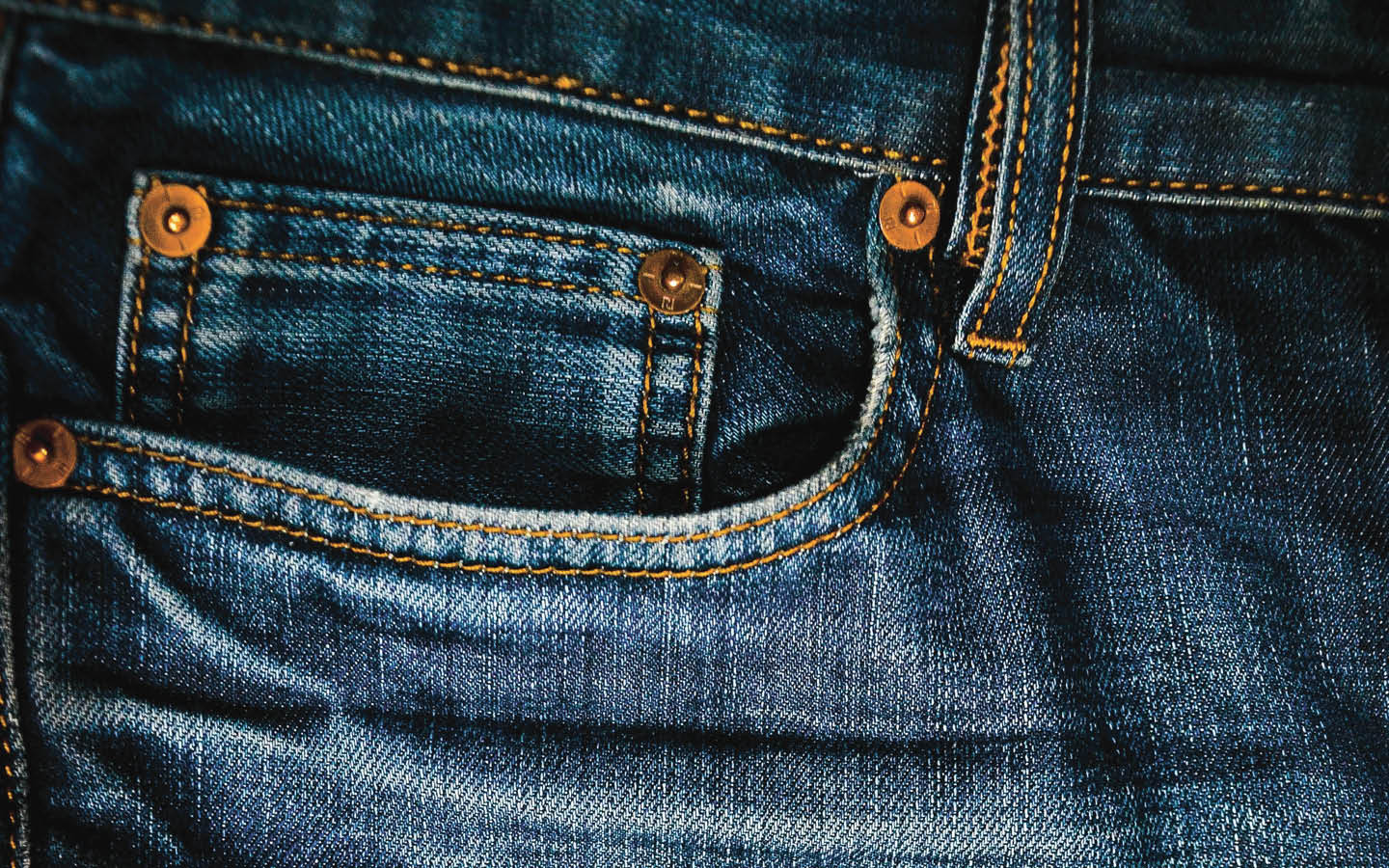Levi Strauss & co., Archive
Jeans started off as work pants—as shown in this ad from the 1800s.
It was 1870 in western Nevada. Thousands of men had come to the dusty hills. They were all looking for the same thing: silver and gold.
Finding just one shiny nugget could make them rich. But searching was hard work. All day long, the workers bent over their shovels. They dug out and moved the heavy dirt. And they faced an annoying problem: Their pants kept ripping.
One day, a worker’s wife visited a tailor named Jacob Davis. She asked him to make her husband a stronger pair of pants. Davis had round metal pins he used on horse blankets. He attached the pins—called rivets—to the pockets and fly of the new pants. Those were the parts that tore most easily.
It worked! The new pants were much harder to rip. Soon every worker wanted a pair.
More than 150 years later, Davis’s pants are still popular. In fact, you probably have a pair in your closet. You know them as jeans.
It was 1870. Thousands of men had come to western Nevada. They were all looking for silver and gold.
Finding just one nugget could make them rich. But searching was hard work. The workers bent over their shovels all day. They dug up heavy dirt. And they had an annoying problem: Their pants kept ripping.
One day, a worker’s wife visited a tailor. His name was Jacob Davis. She asked him to make a stronger pair of pants for her husband. Davis had round metal pins called rivets. He used them on horse blankets. He attached the pins to the pockets and fly of the new pants. Those were the parts that tore most easily.
It worked! The new pants were harder to rip. Soon every worker wanted a pair.
Davis’s pants are still popular today. You probably have a pair. You know them as jeans.
It was 1870 in western Nevada, and thousands of men had come to the dusty hills. They were all looking for the same thing: silver and gold.
Finding just one shiny nugget could make them rich, but searching was hard work. All day long, the workers bent over their shovels as they dug out and moved the heavy dirt. They also faced an annoying problem: Their pants kept ripping.
One day, a worker’s wife visited a tailor named Jacob Davis and asked him to make her husband a stronger pair of pants. Davis attached the round metal pins—called rivets—that he usually used on horse blankets to the pockets and fly of the new pants. Those were the parts that tore most easily.
It worked! The new pants were much more resistant to rips. Before long, every worker wanted a pair.
More than 150 years later, Davis’s pants are still popular. In fact, you probably have a pair in your closet right now. You know them as jeans.

